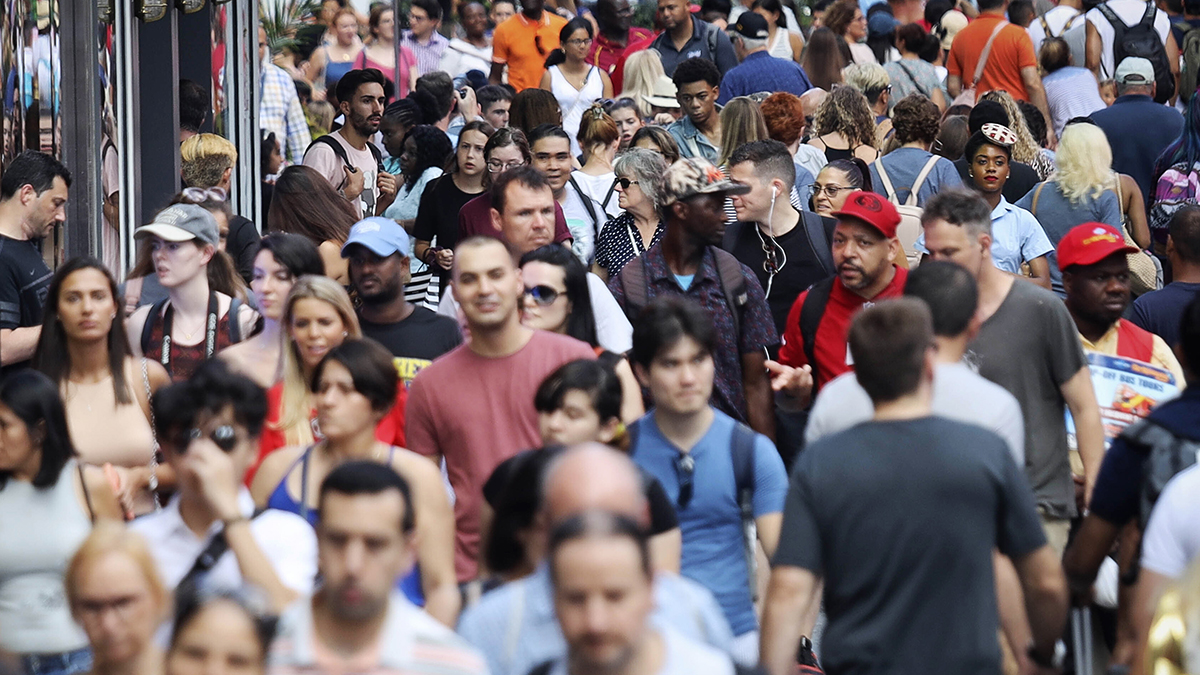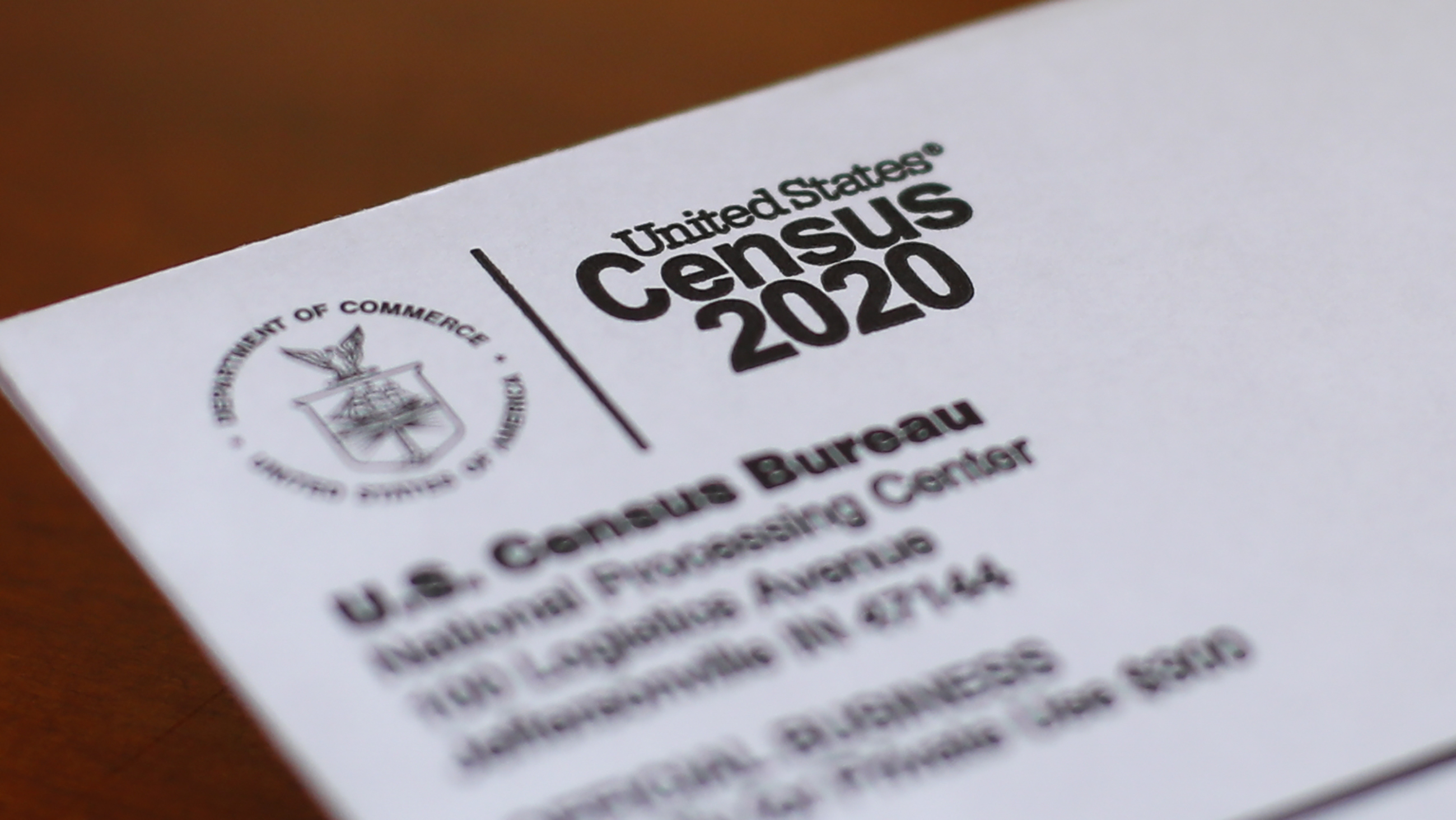What to Know
- Philadelphia and its suburbs have continued to attract new residents, and south-central Pennsylvania also grew at a healthy clip. But most of the rest of the state’s 67 counties lost people over the past decade.
- Pennsylvania as a whole added about 300,000 residents to surpass 13 million, but its anemic 2.4% growth rate cost the state another U.S. House seat.
- The detailed U.S. Census data released Thursday will be used to redraw the boundaries of Pennsylvania’s state legislative and congressional districts.
Philadelphia and its suburbs continued to attract new residents, and south-central Pennsylvania also grew at a healthy clip, but most of the rest of the state’s 67 counties lost people over the past decade, according to new population data released by the U.S. Census Bureau.
Pennsylvania as a whole added about 300,000 residents to surpass 13 million, but its anemic 2.4% growth rate cost the state another U.S. House seat. The detailed Census data released Thursday will be used to redraw the boundaries of Pennsylvania’s state legislative and congressional districts.
Philadelphia's population rose by 5% — or nearly 78,000 residents — to 1.6 million, while two of its suburban counties, Montgomery and Chester, grew even faster.
Get top local stories in Philly delivered to you every morning. Sign up for NBC Philadelphia's News Headlines newsletter.
“This is great news for the City of Philadelphia,” Mayor Jim Kenney said in a written statement to The Associated Press. “After decades of decline through the end of the 20th century, Philadelphia has seen consistent population growth for nearly two decades now, showing that our great city is a place where people want to live, work, and raise a family.”
He noted that a lot of the city’s growth came from immigrants, “enhancing the fabric and cultural vibrancy of our communities.”
Census data reveals that Pennsylvania is diversifying
The rest of Pennsylvania is also becoming more diverse, driven largely by an increase in the population of people identifying as Hispanic, the new Census data showed.
White people composed nearly 73.5% of the population in 2020, down 6 percentage points from the last decennial census in 2010. Hispanic people made up 8.1% of the population last year, up 2.4%. There were smaller increases in the Asian population and in the number of people who identify as more than one race.
The Black population remained nearly stable, representing about 10.5% of the state’s overall population.
The growing Hispanic population helped drive increases in two of the state's biggest cities, Allentown and Reading. But two other cities, Pittsburgh and Erie, got smaller.
Population grew in some Pa. counties, while others shrunk
Erie, tucked in the state's northwestern corner, hemorrhaged nearly 7,000 residents, or nearly 7% of its population. Reading gained about that many people to surpass Erie as the state's fourth-largest city. Pittsburgh, the state's second-largest city behind Philadelphia with a population of about 303,000, lost a couple thousand residents.
Meanwhile, Cumberland County, west of Harrisburg, added 24,000 residents between 2010 and 2020 — a growth rate of more than 10%, and best in the state, according to the census numbers. Nearby counties, including Lebanon, Dauphin and Lancaster, also added population.
Gary Eichelberger, a Cumberland commissioner serving his fifth term, credited a number of factors for his county's outsized growth, including its strategic location along Interstate 81 and the Pennsylvania Turnpike and the consequent expansion of its logistics and warehousing industry. Health care is also a growing industry. And housing is still relatively affordable, especially compared with the pricey Baltimore metro area about 90 minutes to the south.
“We have an excellent quality of life. I know everybody says that, but we've got an incredible mix of communities,” Eichelberger said in a phone interview. “We also work very hard at managing the growth that we have, and trying to preserve the things that are good here.”
Only 23 of Pennsylvania's 67 counties gained population. The counties that lost residents were primarily concentrated in more rural areas in the north and west. The Pocono Mountains region also declined.



